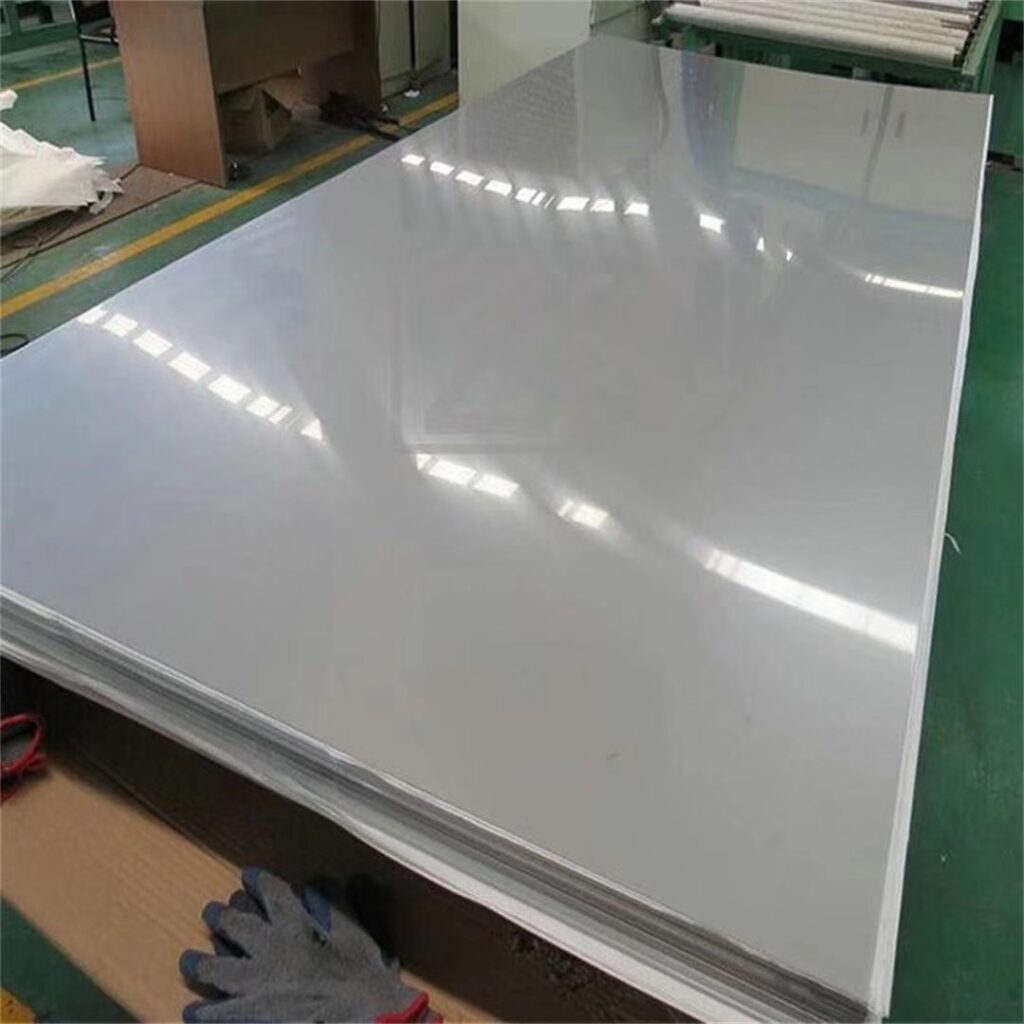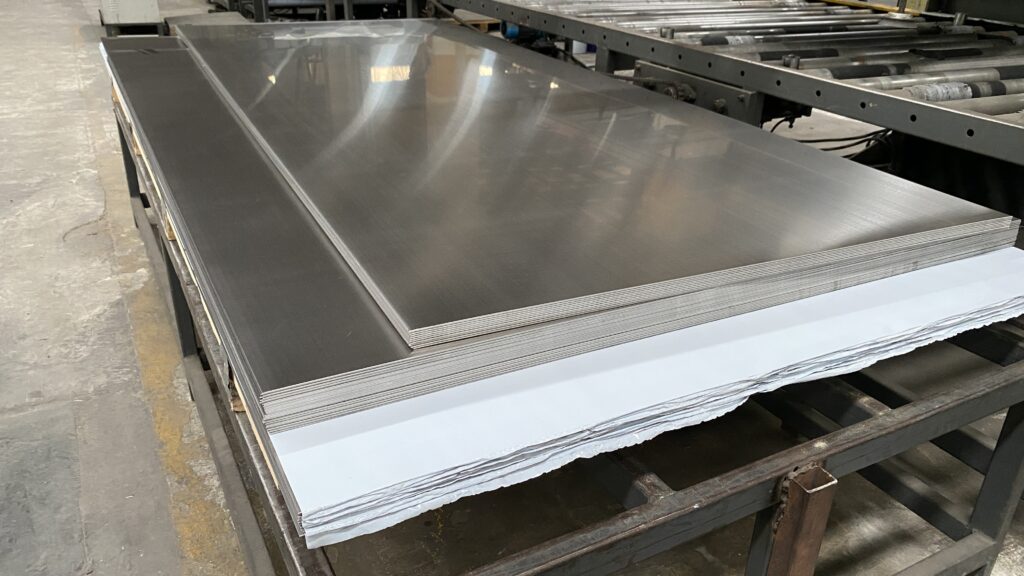Welcome to My Blog!
Before we dive into the content, I’d love for you to join me on my social media platforms where I share more insights, engage with the community, and post updates. Here’s how you can connect with me:
Facebook:https://www.facebook.com/profile.php?id=100090063158454
Now, let’s get started on our journey together. I hope you find the content here insightful, engaging, and valuable.
Introduction
304 stainless steel is one of the most widely used stainless steel grades, renowned for its versatility and exceptional properties. In this blog post, we will explore the various 304 stainless steel properties, making it easier for beginners to understand why this material is a preferred choice in numerous applications. We will delve into its composition, mechanical properties, corrosion resistance, and more, providing a comprehensive overview that showcases its significance in various industries.

Composition of 304 Stainless Steel
304 stainless steel is primarily composed of iron, chromium, and nickel. The typical composition includes:
- Chromium: 18%
- Nickel: 8%
- Carbon: 0.08% max
- Manganese: 2%
- Silicon: 1%
- Phosphorus: 0.045% max
- Sulfur: 0.03% max
These elements contribute to the remarkable 304 stainless steel properties, including its corrosion resistance and mechanical strength.
| Element | Composition (%) |
|---|---|
| Chromium | 18 |
| Nickel | 8 |
| Carbon | 0.08 max |
| Manganese | 2 |
| Silicon | 1 |
| Phosphorus | 0.045 max |
| Sulfur | 0.03 max |
Mechanical Properties of 304 Stainless Steel
The mechanical properties of 304 stainless steel play a critical role in its application. Key properties include:
- Tensile Strength: Approximately 505 MPa (73,000 psi)
- Yield Strength: Approximately 215 MPa (31,000 psi)
- Elongation: Around 40% in 50 mm
- Hardness: Rockwell B scale: 70
These properties indicate that 304 stainless steel is capable of withstanding significant stress and deformation, making it suitable for various structural applications.
Corrosion Resistance
One of the standout features of 304 stainless steel properties is its excellent corrosion resistance. The high chromium content forms a passive layer of chromium oxide on the surface, which protects the metal from oxidation and rusting. It is particularly resistant to:
- Oxidizing Acids: Such as nitric acid
- Chloride Solutions: Though it can be susceptible to pitting in saline environments
This characteristic makes 304 stainless steel an ideal choice for applications in food processing, chemical industries, and marine environments.
Fabrication and Welding
304 stainless steel properties also include good formability and weldability. It can be easily fabricated into various shapes and sizes, making it ideal for:
- Welding: It can be welded using all standard techniques, and post-weld annealing is not necessary.
- Machining: While it can be machined, it is generally recommended to use high-speed tools and keep the material cool.
Table: Fabrication Techniques for 304 Stainless Steel
| Fabrication Technique | Description |
|---|---|
| Welding | Compatible with all standard methods |
| Machining | Requires high-speed tools |
| Forming | Easily formed into complex shapes |
Thermal Properties
The thermal properties of 304 stainless steel are also notable. It has a thermal conductivity of about 16 W/m·K, which is relatively low compared to other metals. This property makes it suitable for applications where temperature control is essential, such as in heat exchangers.
Applications of 304 Stainless Steel
Given its unique 304 stainless steel properties, it is utilized in various industries, including:
- Food and Beverage: Tanks, pipelines, and kitchen equipment
- Chemical Processing: Tanks and equipment for handling corrosive substances
- Construction: Structural components and architectural applications
- Marine: Boat fittings and hardware due to its corrosion resistance

Conclusion
In conclusion, understanding 304 stainless steel properties is crucial for anyone involved in industries that rely on this versatile material. Its excellent mechanical strength, corrosion resistance, and ease of fabrication make it a top choice for many applications. Whether you are designing a new product or maintaining existing equipment, recognizing the benefits of 304 stainless steel can lead to more effective and durable solutions.
FAQ
Q1: What are the main advantages of using 304 stainless steel?
A1: The primary advantages include corrosion resistance, high tensile strength, and excellent weldability.
Q2: Can 304 stainless steel be used in marine environments?
A2: Yes, it is suitable for marine applications, although care must be taken to avoid pitting in highly saline environments.
Q3: How does 304 stainless steel compare to other grades?
A3: While it offers excellent properties, grades like 316 stainless steel provide better corrosion resistance in chloride environments.
Q4: Is 304 stainless steel magnetic?
A4: In its annealed state, 304 stainless steel is not magnetic, but it can become slightly magnetic when cold worked.
Q5: What are the common fabrication methods for 304 stainless steel?
A5: Common methods include welding, machining, and forming.
Understanding 304 stainless steel properties helps in making informed decisions in material selection for various applications.
